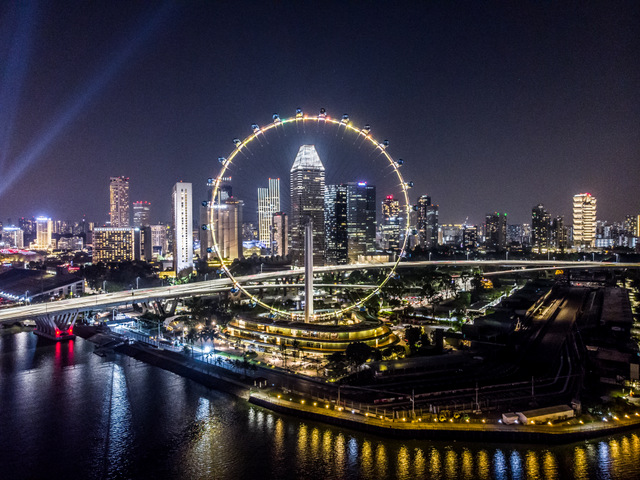Drone photography is getting bigger and better. Let me show you how you can take it now to a more professional level
Drones are taking over the photography market like the GoPro cameras in 2014, Its booming! And with new, more affordable, smaller and more powerful models, it seems like drone photography is not going to stop in the next years. On the other side, drones are not GoPro and regulations worldwide are trying to adjust to this new market and ensure privacy, security and comfort for professional/hobby pilots and citizens.
With so many new pilots I decided to give some tips on how to improve your drone photography and take it to a more professional level.
Simple tips for drone photography
- Practice moving around complicated situations
- Practice using your drone in manual mode on an open space
- Learn all the tools your drone offers in terms of photography and filming
- Check out what kind of aerial content is out there as inspiration
- Ask yourself: What can make that photograph better?
I personally love photographing with my drone. I have been doing it for almost three years and with height limits, safe mode options and software telling you where you can´t fly, flying a hobby drone has never been easier. Aerial photography gives you the freedom of photographing from a 3-dimensional perspective. It helps you get angles you could only photograph from a helicopter some years ago – an amazing alternative to take your photography to the next level.
Last year I have worked with my drone all over the world and after discussing with fellow professional photographers, we feel amazed of the footage coming from hobby pilots and photographers. At the same time, we see some lack of knowledge of what aerial photo is about. Here I give you some very simple and useful tips on how to improve your drone photography:
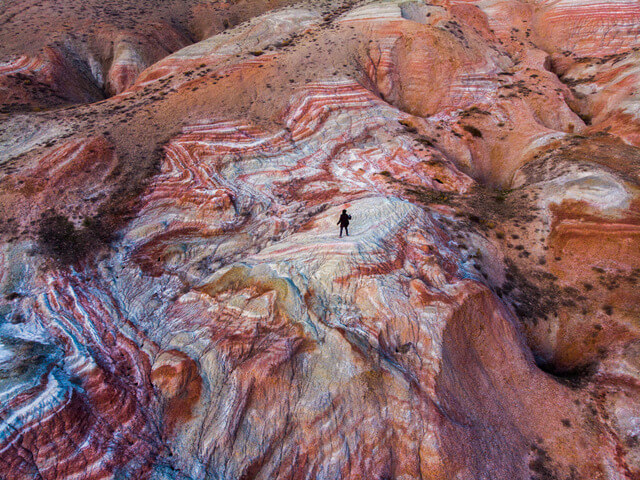
Don´t take your drone to unnecessary heights.
First, in most countries it´s illegal to photograph over an altitude of 100 m without permission and second: what for?
Some weeks ago, I checked my DJI profile and curiously realized that my last 6 flights all had a maximum altitude of 45 m and in some cases I even barely went higher than 20 meters. Aerial photography gives you the chance to find new perspectives. Taking your drone to altitudes of more than 100 m will simply take away the detail and uniqueness you can catch on your photographs.

Try uncommon perspectives with your drone
Drones have taken aerial photography to a next level. Just think about the fact that you can photograph locations further than 500 m away from you and move freely around 360 degrees and different altitudes with a single gadget.
Next time you are photographing simply set your drone on a certain altitude, move around 360 degrees, increase the altitude and do it again. You will realize how different each photo is and you will able to find the perfect shot on your next location.
It doesn’t matter how many photos you take. You can always check later in the computer more into detail which photos are worth it.
Read more: 6 Places in 6 countries for photography lovers

Photograph in manual mode and learn how to read a histogram
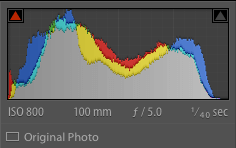
Controlling a drone and a manual camera might seem difficult at first sight and since we are often photographing landscapes in good light conditions, we have the feeling the automatic mode is enough. However, aerial photography is about the perfect balance between lights and darks, which most auto mode shots can´t catch due to underexposing the shadows or overexposing the lights.
at the end of the day, always keeping your Manual Mode on and getting used to controlling it quickly is what separates photography from just taking pictures. I would prefer spending more time taking a single photograph with the right settings over taking 20 photographs I can´t work with later.
Read more: How I photograph the milky way when traveling
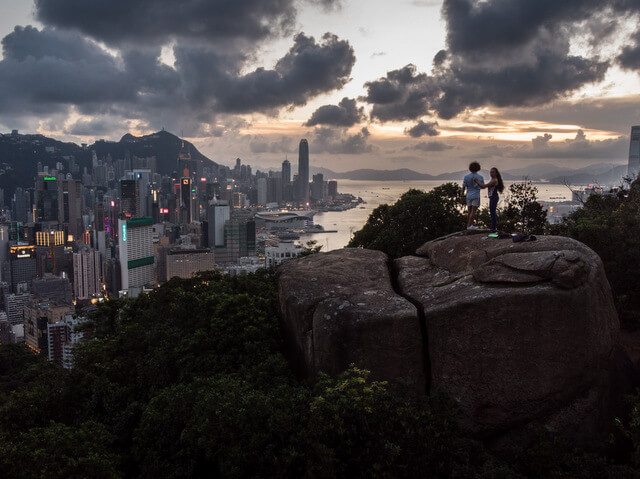
Learn the local regulations for drone use and photography
Although breaking the law in drone photography seems to be a trend nowadays in which amateur photographers brag about their illegal photography, take into consideration that this is affecting us of all. In a long term breaking the rules will simply make places more restrictive and aggressive towards drone pilots.
Recent accidents of people flying over crowds, private property and airports have toughen up regulations in the European Union, while in other places without these issues, governments are simply adapting new rules in order to favor drone pilots.
There are several websites providing information about which regulations are taking place in each country and if you are not sure about it, simply call to the aviation office or police station and ask.
In places like Hong Kong or Singapore regulations are very permissive. However, I always called the aviation office in advanced and told them the locations I was planning to photograph.
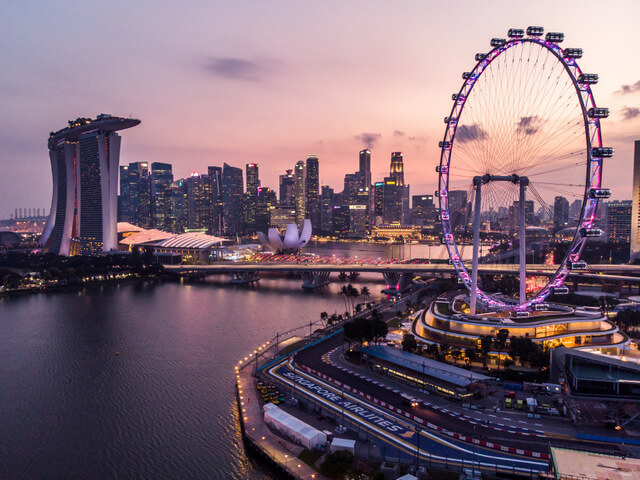
Learn post processing software tools
I once heard this is called cheating, but please, introduce me one professional photographer who doesn’t post process photos and drinks will be on me for a whole night. Software post processing is obligatory to make your photographs pop up. Knowing how to use your software can make the difference between amazement and just an over-colored photograph. Drone cameras from DJI or GoPro have sensors causing a lack of color in your photos. It’s important to work on those problems and make your photos impress.
You don´t need to be a graphic designer or professional photographer to learn how to use postprocessing softwares such as Adobe Lightroom, simply sit down for a couple of hours a day, go through some tutorials on YouTube and in less than a month you will see amazing results.
Read more: How professionals photograph the northern lights

Which drones I use for travel photography
Depending on which project I go to, I have to use different models in order to adapt into the different conditions. Here are some tips on which models I use for drone photography:
For photographing wildlife or in national parks I tend to use a DJI Mavic Air because of its size and picture quality. However, for larger projects outside the European Union, I tend to take two drones with me: a DJI Mavic Pro and DjI Mavic Air.
On the other side, if I’m working for productions in which the size of the equipment is irrelevant, I tend to rent a DJI Inspire 2 model.
If you like to get one of these drones, prices vary from 500-1500 EUR for hobby models. I trust the company DJI and if you want to check out what they are up to, click HERE and find out more about their products in just a couple of clicks.
